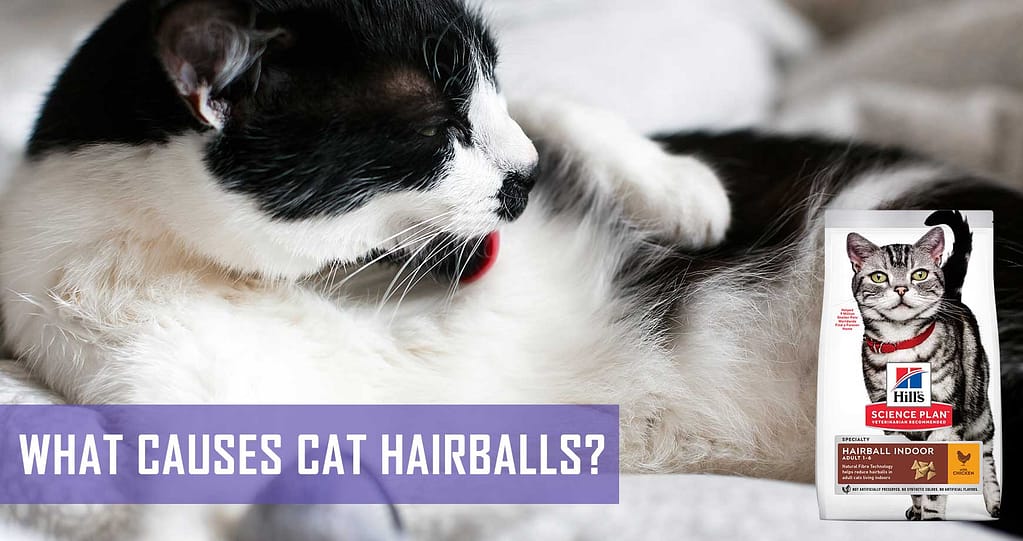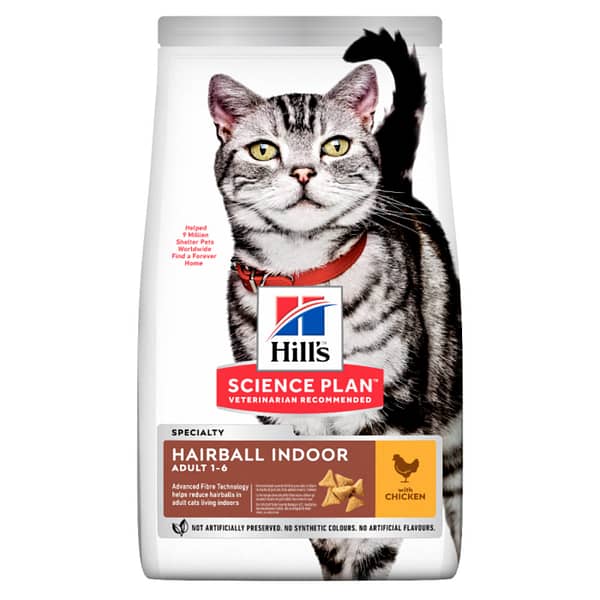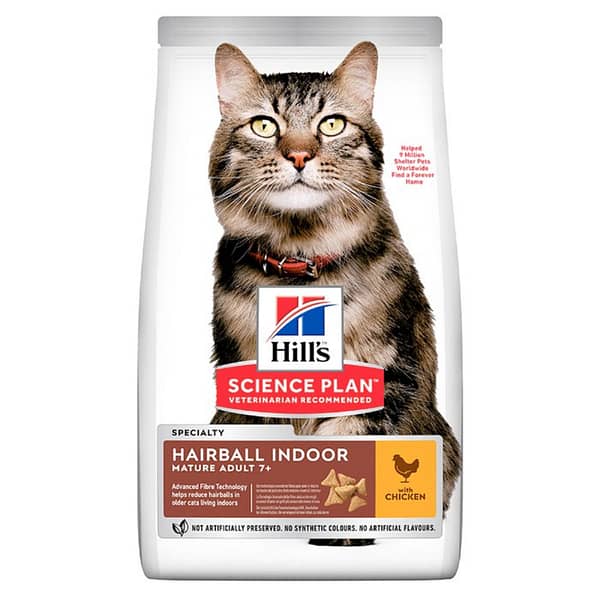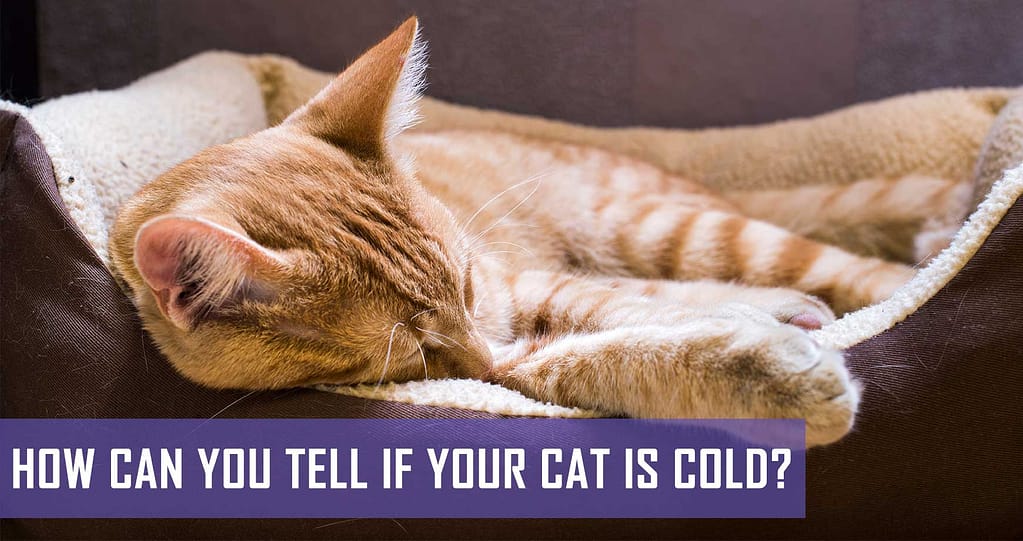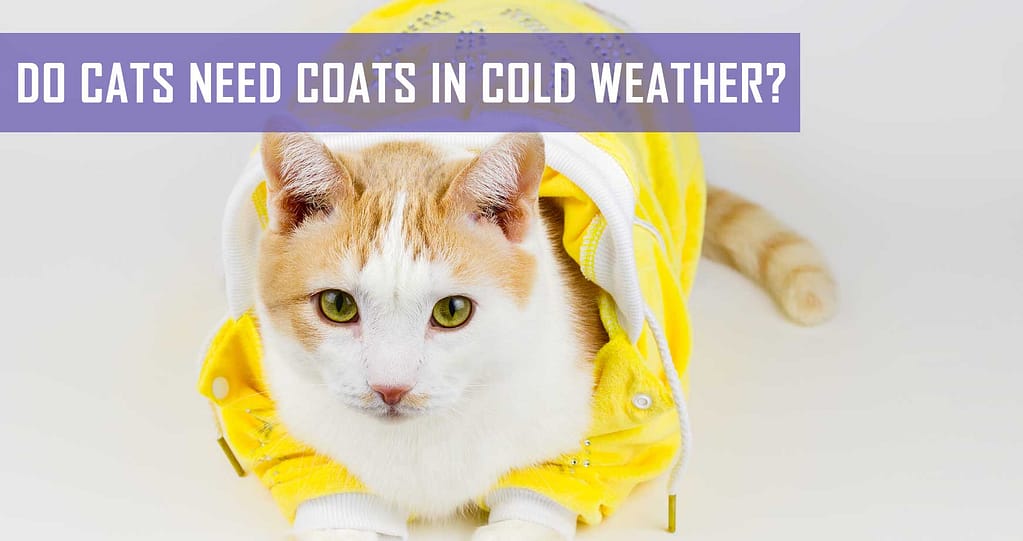[Sponsored post] They say there’s no better alarm clock to make you jump out of bed than the sound of a cat retching over an expensive carpet. A vomiting cat is rather alarming, especially when it’s the uncommon result of something your cat ate, or when your furry feline friend is heaving up a hairball. Cats and hairballs seem to be synonymous, but a constantly hairball-y cat is not normal and can be a sign of something more troubling under the surface.
The cause of hairballs
A little while ago we looked at the phenomenon of the cat tongue with its highly evolved hooked keratin barbs or papillae. Not only does your cat’s tongue scoop and transfer saliva onto her fur for cleaning and grooming purposes, but it also brushes and removes dead cat hair. This cat hair doesn’t get swept up and dumped in the rubbish bin – it goes straight down your cat’s throat. Usually cats are pretty adept at ingesting and eliminating all this dead hair, which will then be found in the litterbox. But sometimes – especially after a seasonal shed – there’s a lot more of it than usual.
When the fur doesn’t go all the way down the cat chute, it becomes a matted wad of hair in the cat’s stomach. It can’t stay there, so your needs to regurgitate it out (hopefully not onto that expensive carpet).
How often do cats get hairballs?
All cats are different, especially when you consider long-haired versus short-haired cats, as well as those who groom for different reasons. Some cats groom excessively because of boredom or stress or allergies, so they will be more prone to retching up a hairball. Because of the different breeds, biologies, habits and other variables, the frequency of cats experiencing hairballs will differ quite broadly. Some vets say a hairball or two per month is normal, while others will claim that cats shouldn’t experience more than two hairballs per year.
When do hairballs become problematic?
If your cat’s expelled hairballs (which are more oblong than ball-shaped, because of the shape of the oesophagus) contain a lot of half-digested food, or your cat is looking worse for wear, or even if you’re concerned about your cat’s condition and the frequency of her hairballs, arrange a vet visit to find out if there’s not something else at play. Any retching that doesn’t produce a hairball, or is accompanied by symptoms like a lack of appetite, digestive distress like constipation or diarrhoea, or a general lethargy indicates there is a deeper problem.
Hairballs can be the result of an increase in hair intake, or they are merely a symptom of a more dangerous condition that makes it impossible for a cat to process the fur as she normally would. When hairballs cannot be passed normally or your cat’s persistent retching doesn’t produce a hairball in 24 hours, the fur could be causing a blockage, it could have moved from the stomach to the intestine (which is dangerous) or it could be highlighting a more serious problem. Your vet will need examine your cat and perform tests to rule out things like inflammatory bowel disease, pancreatic or liver disorders, or kidney disease. Don’t wait for an unseen problem to correct itself – always ask for your vet’s advice.
What to do about hairballs
If your cat experiences more hairballs at a major seasonal change, the obvious cause is the big shed from winter coat to summer coat. You can reduce the amount of hair your cat ingests by grooming her regularly. And, if your cat is a ‘bored groomer’, alleviate her boredom with cat toys and other stimulating activities.
Some cat owners swear by placing a spot of petroleum jelly on their cat’s shoulder, encouraging them to lick it off. The petroleum jelly (or vegetable oils) purportedly helps cats to pass the ingested fur more easily – lubricating its passage through the cat – which results in fewer hairballs.
Diet is the new medicine
For indoor cats who are more prone to hairball formation, a change in diet may be just the ticket. Hill’s Science Plan has a specially formulated nutrition solution to help indoor cats and cats who frequently develop hairballs. Hill’s Science Plan Hairball Indoor for cats uses advanced fibre technology to help cats pass their fur more easily and also makes for easier litterbox clean-up. Ensuring your cat passes any ingested fur means that the high-quality proteins, vitamins and minerals, taurine, and omega-3 and -6 fatty acids are more easily absorbed – providing your cat with only the best in feline nutrition.
Speak to your vet about recommending Hill’s Science Plan Hairball Indoor Adult Cat for cats between the ages of one and six years old or Hairball Indoor Mature Adult Cat for cats over the age of seven years old.

